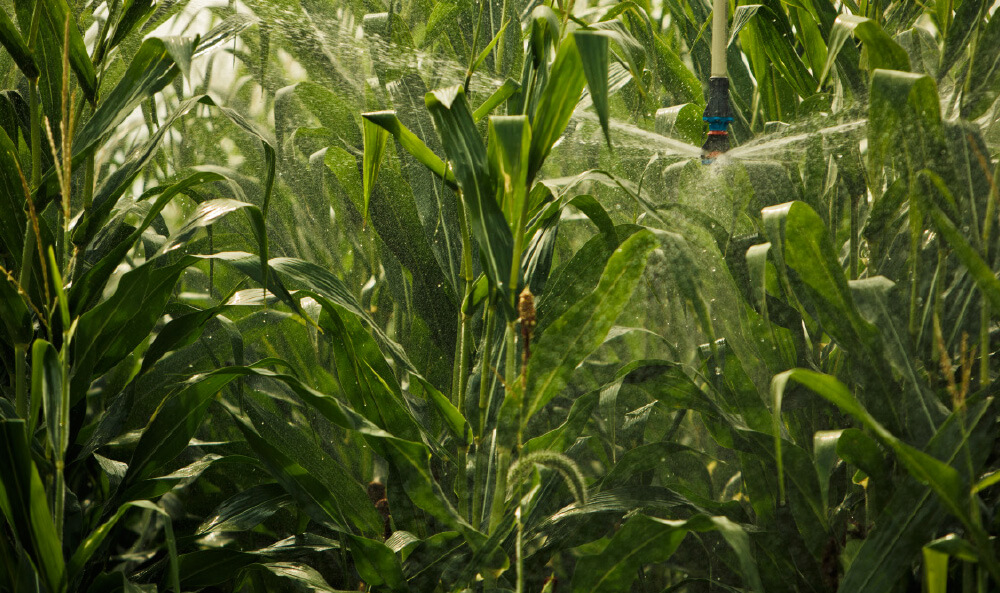Adjusting the Mark In-Season to Boost Yields

By Joel Wipperfurth and Amanda Neely
One of the hottest terms swirling around our industry these days is “benchmarking.” There are a lot of ways to view benchmarking; but for the sake of this post, we’ll focus on using it to look at your own operation. This includes evaluating field health, and identifying yield-limiting factors and opportunities to optimize yield potential.
We believe in-season benchmarking presents the greatest opportunity to boost ROI. After all, every season is different. If you can help farmers better manage their crops throughout the growing season, you improve their odds of optimizing yields versus watching and waiting for the end result.
There are two aspects of benchmarking: how frequently you’re able to do it and what you are benchmarking against. We start by looking at a farmer’s overall operation with a tool we have been piloting, the R7® Field Monitoring Tool, which provides a daily dashboard view of how all fields are performing. It can tell us what fields are trending behind others and need attention. This helps focus efforts on fields where there is still an opportunity to defend—and even boost—yield potential.
Once the challenging fields have been identified, we use satellite-derived NDVI imagery to look at field health trends over the past five years to see if a field is ahead, behind or on pace with previous years’ growth.
After taking a field-level view, in-season imagery and yield potential maps from the R7® Tool reveal the variability within a field, directing you to the areas that need attention. This close-up view can help determine if practices such as a fungicide application, late-season fertilizer application or micronutrient side-dressing can help plants reach their full genetic potential.
After harvest, you can use yield as a benchmarking measure to evaluate the effectiveness of an agronomic management plan. This can also be used for setting yield goals for the following year. Of course, you won’t know the weather yet, so we recommend following up with in-season benchmarking to ensure the farmers you work with successfully meet their goals.
One of the hottest terms swirling around our industry these days is “benchmarking.” There are a lot of ways to view benchmarking; but for the sake of this post, we’ll focus on using it to look at your own operation. This includes evaluating field health, and identifying yield-limiting factors and opportunities to optimize yield potential.
We believe in-season benchmarking presents the greatest opportunity to boost ROI. After all, every season is different. If you can help farmers better manage their crops throughout the growing season, you improve their odds of optimizing yields versus watching and waiting for the end result.
There are two aspects of benchmarking: how frequently you’re able to do it and what you are benchmarking against. We start by looking at a farmer’s overall operation with a tool we have been piloting, the R7® Field Monitoring Tool, which provides a daily dashboard view of how all fields are performing. It can tell us what fields are trending behind others and need attention. This helps focus efforts on fields where there is still an opportunity to defend—and even boost—yield potential.
Once the challenging fields have been identified, we use satellite-derived NDVI imagery to look at field health trends over the past five years to see if a field is ahead, behind or on pace with previous years’ growth.
After taking a field-level view, in-season imagery and yield potential maps from the R7® Tool reveal the variability within a field, directing you to the areas that need attention. This close-up view can help determine if practices such as a fungicide application, late-season fertilizer application or micronutrient side-dressing can help plants reach their full genetic potential.
After harvest, you can use yield as a benchmarking measure to evaluate the effectiveness of an agronomic management plan. This can also be used for setting yield goals for the following year. Of course, you won’t know the weather yet, so we recommend following up with in-season benchmarking to ensure the farmers you work with successfully meet their goals.

